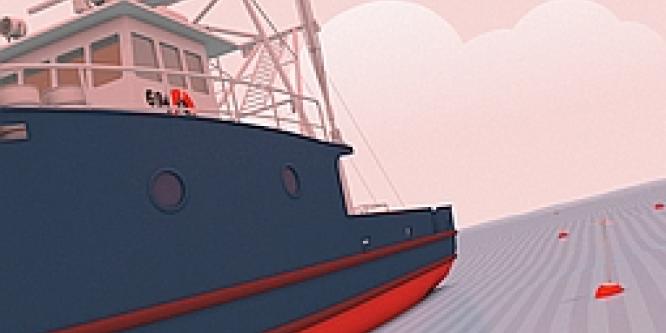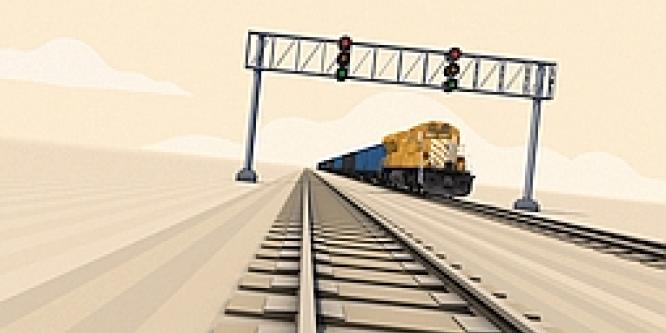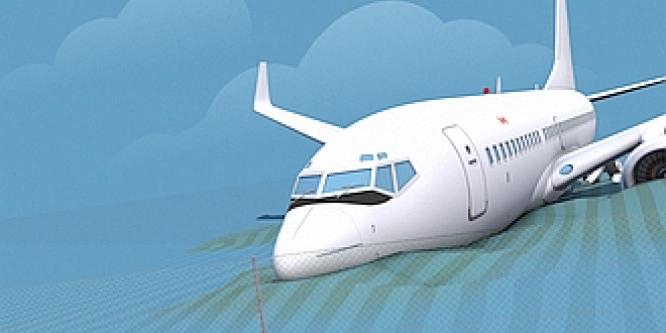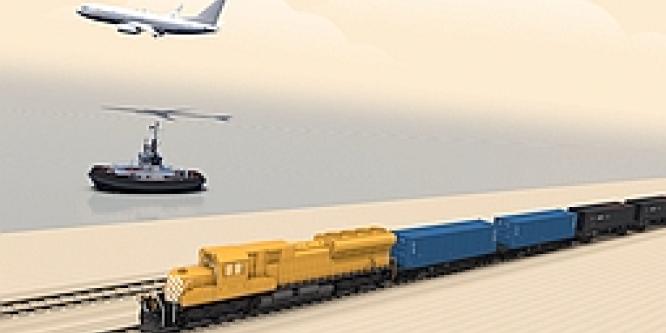Watchlist 2020
The Transportation Safety Board of Canada’s (TSB) Watchlist identifies the key safety issues that need to be addressed to make Canada’s transportation system even safer.
The eight issues on this list are supported by a combination of investigation reports, Board safety concerns and Board recommendations. Some of them have been on the Watchlist since 2010, and and one issue—fatigue management—has been extended to the three transportation modes in this year’s edition. All of them, however, require a concerted effort from the regulator and industry stakeholders.
Watchlist
Runway incursions
Every year, there are millions of successful takeoffs and landings on Canadian runways. However, an accident can occur...
Commercial fishing safety
The Transportation Safety Board of Canada (TSB) has long sought to improve commercial fishing safety. The TSB has been...
Following railway signal indications
Train crews do not consistently recognize and follow railway signals. This poses a risk of train collisions or...
Runway overruns
Despite the millions of successful movements on Canadian runways each year, aircraft sometimes depart from the end of...
Safety management
Some transportation operators in the air, marine and rail sectors are not managing their safety risks effectively, and...
Fatigue management
In the transportation industry, crews often work long and irregular schedules—sometimes in challenging conditions or...
Regulatory surveillance
Regulatory surveillance has not always proven effective at verifying whether operators are, or have become, compliant...
Unplanned/uncontrolled movement of rail equipment
Unplanned/uncontrolled movements of rail equipment create high-risk situations that may have catastrophic consequences.








